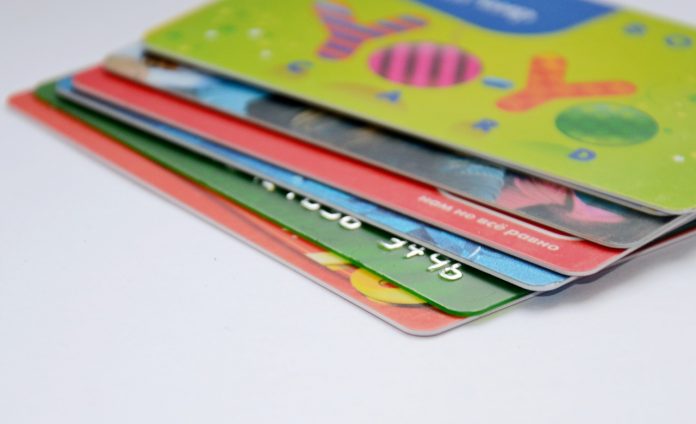Something that struck me when I first entered the plastic card space was how very challenging it was to wrap my head around everything. My initial thoughts were: how complex can a plastic card be? The answer: quite complex.
In the fast-paced digital age, no industry is left behind, and the same is true for the card industry. Plastic cards are now crammed with technology and used for everything from food purchases to banking.
But how do these cards come to be? Surely, they must be produced on an industrial scale with hyper-expensive equipment, right? Not quite, over the years plastic card printers have become smarter, faster, smaller and most importantly cheaper. Desktop card printers have never been more affordable and as a result, more and more businesses and individuals are choosing to bring their card printing in-house. Manufactures such as https://zebra.com and https://cardlogic.ie provide card printers from as little as $700.
Card printers are specialised machine used to personalise and print all types of plastic cards. These contact desktop machines can be used to print:
- ID Cards
- Loyalty Cards
- Student Cards
- Access Control Cards
- Travel Cards
- Transaction Cards
Printers have numerous options for personalising and adding functionality to plastic cards. There are 3 predominant core features that card printers employ:
Printing: Printers use ribbons to add photographs, text and graphics to cards.
Encoding: Printers can code data into special cards for use with access control or payment solutions.
Security: Holograms, UV Printing and laser engraving.
Printing: Desktop card printers utilise two different print methods to produce an image on the card. Reverse transfer and direct to card. For the sake of brevity, we won’t go deep into technicalities. To summarise, retransfer printers offer a much higher print quality at a much higher cost. Whereas, direct to card printers provide fast, efficient and exceptionally average quality. Direct to card printers are the most commonly found printer type.
Encoding: Encoding is the process in which the printer imprints instructional data onto a card for the purposes of various functions such as:
- Access Control
- Time & Attendance
- Ticketing
- Transactions
Encoding is usually imprinted via a magnetic strip on the back of the card (such as on a bank debit or credit card). However, in recent years the focus has switched to smart encoding which involves a tiny invisible embedded chip within the card. This offers the benefit of being (almost) invisible to the naked eye and offers much greater freedom for card customisation.
Security: Card security is a very important aspect of the card printing process. Security focused organisations such as educational or financial institutions have an obligation to provide the highest possible security protocols to their students.
There are many ways to implement card security. Some of the most common methods used are holographic printing, UV printing and embossing. Many smart cards employ internal mechanics which prevent card duplication.









